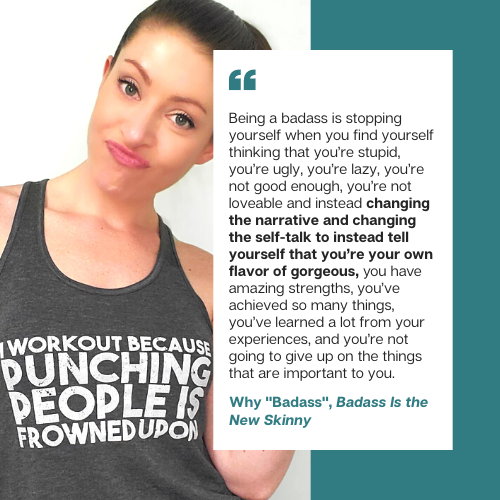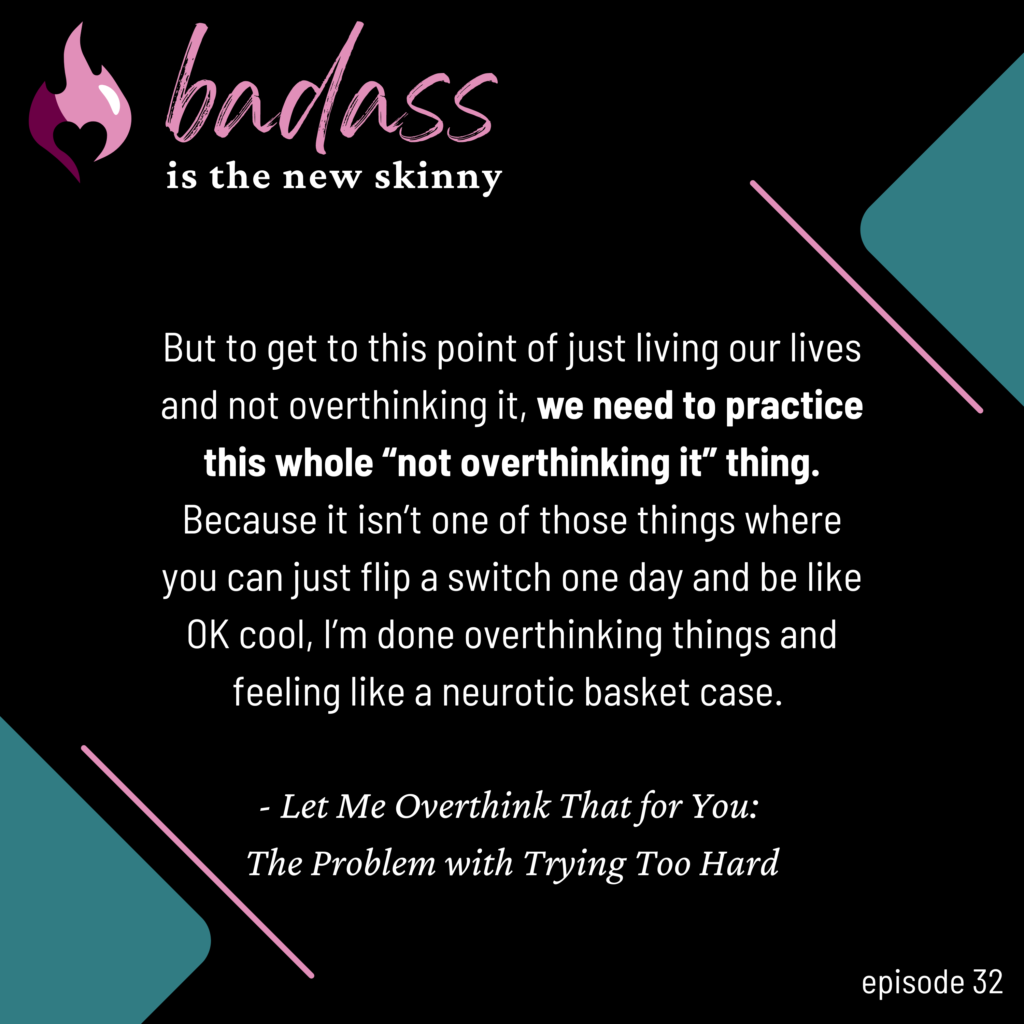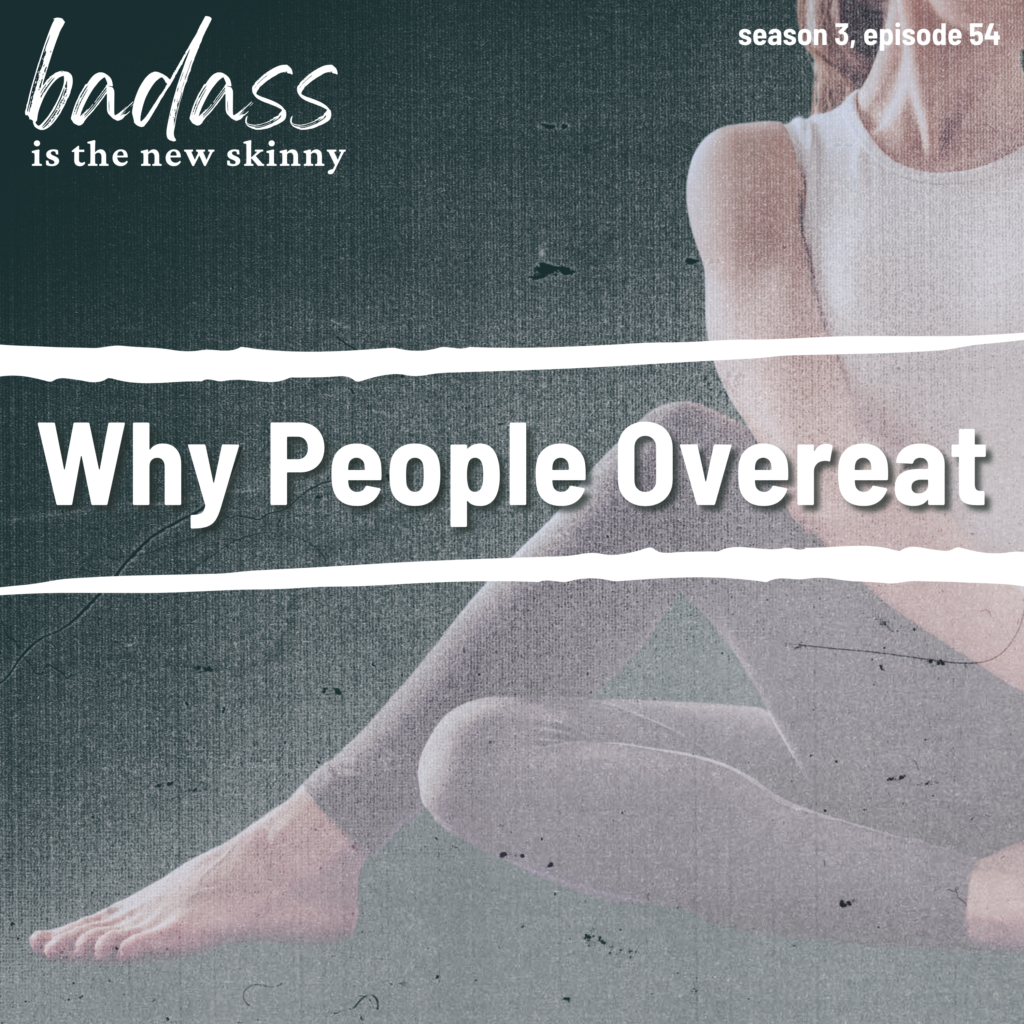057 | Food and Nutrition Propaganda – Who Can You Trust?
When it comes to food and nutrition propaganda, it makes you think: Who can you trust?
In my last episode, I had mentioned the transition from the food pyramid to the “My Plate” guidance. It got me thinking about all kinds of things related to food and nutrition propaganda.
For example, I’m part of the “Got milk?” era. I drank milk at dinner every night and often with snacks. I loved it. I still do, if I’m being honest. It’s just not part of my routine anymore to drink regular ol’ milk.
And then there was: “Beef. It’s what’s for dinner.”
Dig deep into your memory bank for a second and think about what beliefs you hold about certain foods. Now ask yourself: Where do those beliefs come from?
Where Food Recommendations Come From
Today, I’m primarily going to be picking on the food pyramid and Choose My Plate. Why? Well, because these were/are touted as the healthy eating recommendations from none other than the United States Department of Agriculture—the USDA.
I talk a lot on this podcast about the over-abundance of information. You need to be mindful about where you get your information from. Make sure you’re trusting reliable, expert sources. But how do you do that when the expert sources are part of the problem when it comes to misinformation?
To be clear, I’m mostly talking about food recommendations from the USDA. Transparently, I honestly believe that the Choose MyPlate recommendations offer much better guidance for a healthy diet. But I still want to talk about USDA recommendations more broadly. I think it’s important to be curious and take nothing at face value.
A Brief History of USDA Food Recommendations
USDA food recommendations have been around for a long time. It started with the “Basic 7” food groups in 1943 during WWII. Then it became the “Basic 4” in 1954, which was made up of milk, meat, fruits and veggies, and bread and cereals. This lasted until 1991.
Again, in case that wasn’t clear, the government nutrition recommendations from 1954 to 1991 were milk, meat, fruits and veggies, and bread and cereals.
I’m not talking about the “Basic 7” right now because it’s a wonky array of food recommendations divvied up in strange ways, including three different food groups for various fruits and veggies. I recommend looking into it on your own—it’s interesting to see what the thought process was at the time.
Let’s move on though. It’s 1991 and the USDA is regrouping around what the food recommendations should be. For too many years, milk and meat topped the list of food group recommendations.
Introducing: The Food Pyramid
So let’s talk about the food pyramid for a moment. A brief history is that it was originally developed in Sweden in the 1970s and the USDA adopted it in 1992.
If you’re not familiar with the food pyramid, this was a visual representation of how many servings of different food types people should eat in order to maintain a healthy diet. The bottom represented what you should have the most servings of and the top represented what you should have the least servings of.
Breads, rice, pasta, and cereal—think all your starchy carbohydrates—made up the bottom of the pyramid. It recommended a whopping 6-11 servings a day. Up next were 3-5 servings of veggies and 2-4 servings of fruit. Above that, you had 2-3 servings of milk, yogurt, and cheese, and 2-3 servings of meat, poultry, fish, beans, nuts, etc.
And at the tippy-top you had fats and sweets with the guidance to eat sparingly.
Got Milk and Beef? It’s What’s For Dinner
The food pyramid was riddled with issues from the get-go, and food lobbyists were chomping at the bit before it was released in 1992. It’s said that meat and dairy lobbyists in particular were up in arms about where and how those products were positioned on the food pyramid. What happened next just goes on to solidify the power behind these food industries.
Do you remember the two campaigns I referenced at the beginning of this? The “Got milk?” campaign and the “Beef. It’s what’s for dinner” campaign? Well guess what. The Food Pyramid update hit in 1992, right. The beef campaign also launched in 1992, and the milk campaign was close behind it in 1993.
I cannot emphasize enough how much this blew my mind because when I sat down to script this episode, those were just genuinely the two campaigns that I remember from my childhood. I remember them so clearly, and they lasted a pretty long time, all things considered.
I can’t think of a single celebrity that didn’t get in on the “Got milk?” campaign and have their pictures taken with the thick milk mustaches.
It didn’t help that my mom was a huge milk advocate, chanting “teeth and bones, teeth and bones” whenever anyone questioned milk, especially for growing kiddos. And I’m not going to go so far as to say that all of this is totally misled. There are definite nutrition benefits to these foods.
Let’s Talk Nutrition
But they’re also not the ONLY foods that offer these nutrition benefits. I think that’s where this starts getting to be pretty sketchy. Milk, for example, is not the only source of calcium. Beef is not the only source of protein.
Getting back to the food pyramid, you would think that food lobbyists wouldn’t matter so much and that government recommendations should be based on scientific research and all that. And I guess to give them some credit, they did try. But the government isn’t known for being an objective player in the game.
The USDA had hit pause on the food pyramid recommendations in 1991 while they dealt with meat and dairy lobbyists and conducted additional research. The problem is that the final results were still pretty heavily influenced by these other food industries.
Meaning: Society as a whole wasn’t given a completely objective, health-focused recommendation from this source that was supposed to have their best interests at heart.
There are a variety of other controversial issues with the food pyramid that I haven’t gotten into here, but I figure this is enough to make my point.
Where’s the Carbs?
I went on quite a bit about milk and meat. But remember that breads, grains, pasta, and cereals made up the whole base of the pyramid.
This also makes me think of something my mom used to say growing up, which was: “Three squares makes a round”—meaning that three square meals a day with the food recommendations we were given was a recipe for overeating and getting fat.
Thinking back on this stuff with my fully developed brain has been an interesting adventure.
Anyway, with all that in mind, you can probably imagine why the Atkins diet was such an extreme recommendation when it gained popularity in 2003 to 2004.
Because by then, for the last 10+ years, the government had been teaching us that carbohydrates made up the bulk of our recommended daily diet. Then here’s the Atkins diet telling people to cut carbs and, to some extent, enjoy meats and fats to your heart’s content.
And now we have the keto craze, which is basically the same thing, but I’ll avoid that rabbit hole for now.
Side note, the Atkins diet has been around since the early 1960s, but was ridiculed for decades for being dangerous and harmful to your health. It hit a very brief high in 2003 and the Atkins company went bankrupt in 2005. It seems like some of the popularity might have been from Dr. Atkins’s death in 2003 and maybe that was what prompted a spike in book sales and whatnot. But honestly, in the quick searching that I did, I couldn’t find anything definitive about why it suddenly became so popular that one in 11 people were on the diet.
I do remember it being a thing though because I was working at McDonalds at the time and suddenly everyone was ordering their burgers without buns. Oddly enough, I don’t remember it influencing French fry sales, but whatever.
Well that was a fun tangent. Let’s move on.
The Food Pyramid Transforms and Adds Exercise
The food pyramid. A pretty graphic to help people prioritize recommended food group servings. Fun times.
The food pyramid existed in this structure until 2005 when the food pyramid became “MyPyramid” and turned the horizontal dividers 90 degrees and suddenly it was just a rainbow of vertical colors in the shape of a pyramid. This is so funny to me because the graphic became more abstract and often didn’t include pictures of food.
Along the left side there were stairs and like this stick figure person climbing those stairs. From what I’ve found, this was to also incorporate the role of movement and exercise along with a healthy diet. This is just funny to me though I can’t really articulate why.
This version hung around until 2011. I don’t know as much about it from personal education experience because from 2005 to 2011 I wasn’t actively engaged in any basic nutrition education like I was when I was just a kid in elementary school learning about the food pyramid built on that foundation of carbs.
How About a Plate Instead?
In 2011, “MyPlate” replaced my pyramid. This really does make more sense. The plate is divided in half with half of it being fruits and veggies (with a larger portion given to veggies). On the other half, protein and grains each taking a quarter of the plate. Then, there’s a little circle off to the side to represent dairy.
While I think there are still some things that are problematic about this, I do think it’s the least problematic of all of the iterations. Especially when the idea is to provide general education about a generally healthy diet.
Proteins aren’t limited to just meats, grains are called out rather than classifying them as carbohydrates, that sort of thing.
I think that’s good because one thing that doesn’t get talked about enough is that fruits and veggies are largely carbohydrates, even if they’re a different class of carbohydrate than wheats and grains. I’m not going to go into simple versus complex carbohydrates right now because it’s sort of irrelevant to this conversation, but that’s what I’m talking about when I say they’re different classes of carbohydrates.
The Dietary Guidelines for Americans
Now, the “Basic 7”, “Basic 4”, the food pyramid—both versions—and MyPlate are all examples of the USDA trying to simplify complex nutrition concepts so that they can be easily taught and understood at all levels. But since the 1980s, the USDA has also been publishing the Dietary Guidelines for Americans, which is updated every 5 years.
It’s my source of truth for nutrition guidance as a certified health coach. This is supposed to be my go-to resource for nutrition recommendations to remain in compliance with my scope of practice. Sometimes this is tough for me, because even now these guidelines are not without their criticisms and controversies for being influenced by the agriculture industry.
So Who Do You Trust?
I’ll be honest. A lot of this leads me to think, well then who the hell am I supposed to trust when it comes to nutrition guidance if these “sources of truth” are riddled with issues?
It’s a complicated question, and it’s why I get so frustrated with how information is shared, especially on social media. Because I’d be willing to bet that when you hear something or see something on social media, you don’t then go look it up to see if it’s legit. Even with this podcast/blog, are you going to go fact checking the information I’ve shared?
Probably not.
My whole point with all of this is that information from pretty much any source is going to be biased in one way or another. It’s incredibly difficult to find information that is truly objective and based on science, especially when scientific research takes so much time and has to be controlled in such specific ways in order for it to be legitimate.
What I will say is that I’m working on my nutrition coaching certification through Precision Nutrition and I’m much more likely to trust the information I’m getting from there than I am from other sources. Not to say that it’s perfect, but that I believe this company does the best it can to teach scientifically supported information and they practice transparency when it comes to their sources for information.
Individual Needs In a World of Generalized Recommendations
At the end of the day, my heart goes out to all the people who are STRUGGLING to make healthy food choices and they’re trying to go about it the right way and take good care of themselves, only to unknowingly be mislead and left frustrated and feeling defeated.
It’s why it’s so important to me to work with people one-on-one. There are general guidelines to help people eat a healthy diet and take care of themselves. While things like “MyPlate” aren’t perfect, it’s also not terrible for a very generalized recommendation.
But individuals aren’t general.
Individuals come complete with history, experiences, culture, expectations, trauma, health conditions, values, priorities, limitations, and so forth. So general recommendations really aren’t all that helpful.
Shit, in just this one episode I’ve shared some anecdotes of things I’ve experienced and what I learned and remember that have shaped the way I eat and think about a healthy diet. There are a lot of things that I’m trying to re-learn because the beliefs about food and health that I was raised with don’t take into account so many things that I’ve learned and experienced since then.
Childhood Influences Reign Supreme
And yet… I will always remember JTT and the Olsen twins with their great big milk mustaches. And there may never be a day when I don’t build my meals around my protein source, which is almost always meat.
I think about my nieces who are between the ages of 9 and 16 and wonder what food and eating influences they’re learning from at home, in school, and on social media, and how will those things shape how they think about healthy habits as adults?
So again, this discussion is all about getting you to think more critically about what healthy habits look like for you, where do your beliefs come from, how are those beliefs helping or hindering your goals, and what things might you consider doing differently to better support your goals.
Momma Knows Best: Get At Least 3 Colors
Something else my mom taught me was always try to make sure you have at least three colors on your plate.
This is something I’ll continue to take with me because whole foods of varying colors are going to provide different nutrients. A variety of nutrients helps support a healthy gut microbiome and that helps support overall health.
Do I need to know more than that? Not especially.
I mean, it certainly helps to know more than that. But for the sake of not overcomplicating things, including at least three colors on your plate at every meal is pretty solid advice.
I’m curious what beliefs about food you have that have stuck with you throughout your life or what you think about this topic. Hit me up on Instagram or Facebook to contribute to this conversation. And if you have any sources of information that you really trust and appreciate, feel free to share that as well!
As scary as an abundance of information can be, I’m always in support of being curious and learning more.
Join the Conversation!
I’d love to hear your thoughts on this topic. Hit me up on Instagram or the Facebook group and let me know which elements of today’s conversation resonated with you.
- Facebook group: Badass Is the New Skinny
- Instagram: @badassisthenewskinny
- Email: hello@sabrinabrina.com
- The original blog where it all began: badassisthenewskinny.com






